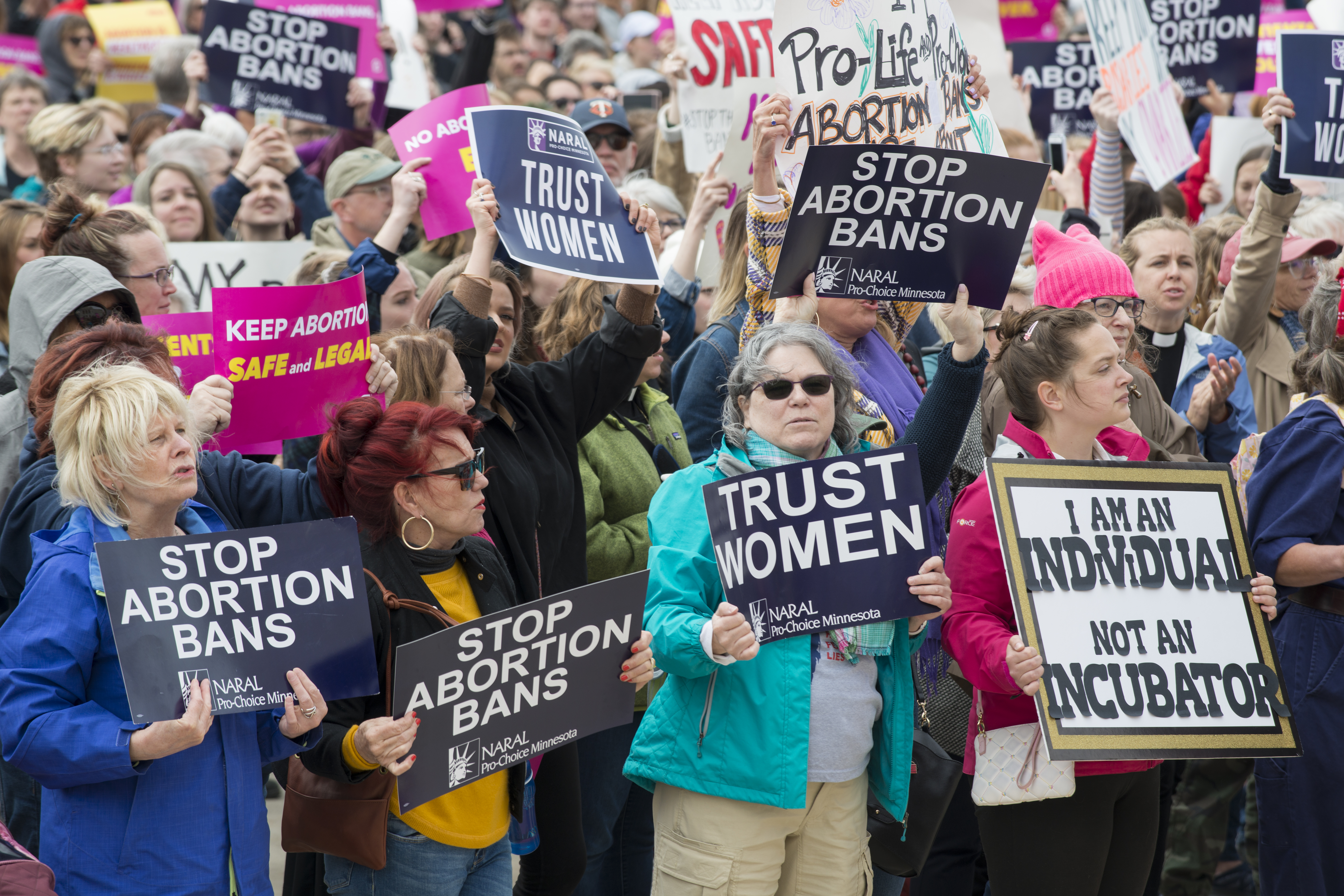Pro-Lifers Are Up Against a Real-Life Crisis
By Judith Levine,
The Intercept
| 04. 04. 2024
WHEN THE ALABAMA Supreme Court ruled that fertilized embryos were “extrauterine children,” it did more than imperil the future of in vitro fertilization in Alabama and, potentially, the U.S. The ruling, on the claimed “wrongful death” of frozen embryos in an accident at a fertility clinic, heightened the conflict between ideology and electability, already about as high as it could get after June 2022, when Dobbs v. Jackson Women’s Health Organization freed the states to snub overwhelming public opinion, enact radical abortion bans — and then lose badly in the midterms. But now the ideologues have more than a political problem. They have a moral one too.
When most of Alabama’s fertility clinics suspended operations in fear that dropping a vial might be prosecuted as manslaughter and patients were left anguished in the middle of time-sensitive treatments, the GOP faced the present, palpable harms inflicted on real people by its abstract religious pieties. And these harmed parties were not baby killers. They were among the 1 in 7 women afflicted by infertility, and they were desperate to have babies...
Related Articles
By Jenny Lange, BioNews | 12.01.2025
A UK toddler with a rare genetic condition was the first person to receive a new gene therapy that appears to halt disease progression.
Oliver, now three years old, has Hunter syndrome, an inherited genetic disorder that leads to physical...
By Rachel Hall, The Guardian | 11.20.2025
Couples are needlessly going through IVF because male infertility is under-researched, with the NHS too often failing to diagnose treatable causes, leading experts have said.
Poor understanding among GPs and a lack of specialists and NHS testing means male infertility...
By Pam Belluck and Carl Zimmer, The New York Times | 11.19.2025
Gene-editing therapies offer great hope for treating rare diseases, but they face big hurdles: the tremendous time and resources involved in devising a treatment that might only apply to a small number of patients.
A study published on Wednesday...
By Aisha Down, The Guardian | 11.10.2025
It has been an excellent year for neurotech, if you ignore the people funding it. In August, a tiny brain implant successfully decoded the inner speech of paralysis patients. In October, an eye implant restored sight to patients who had...




